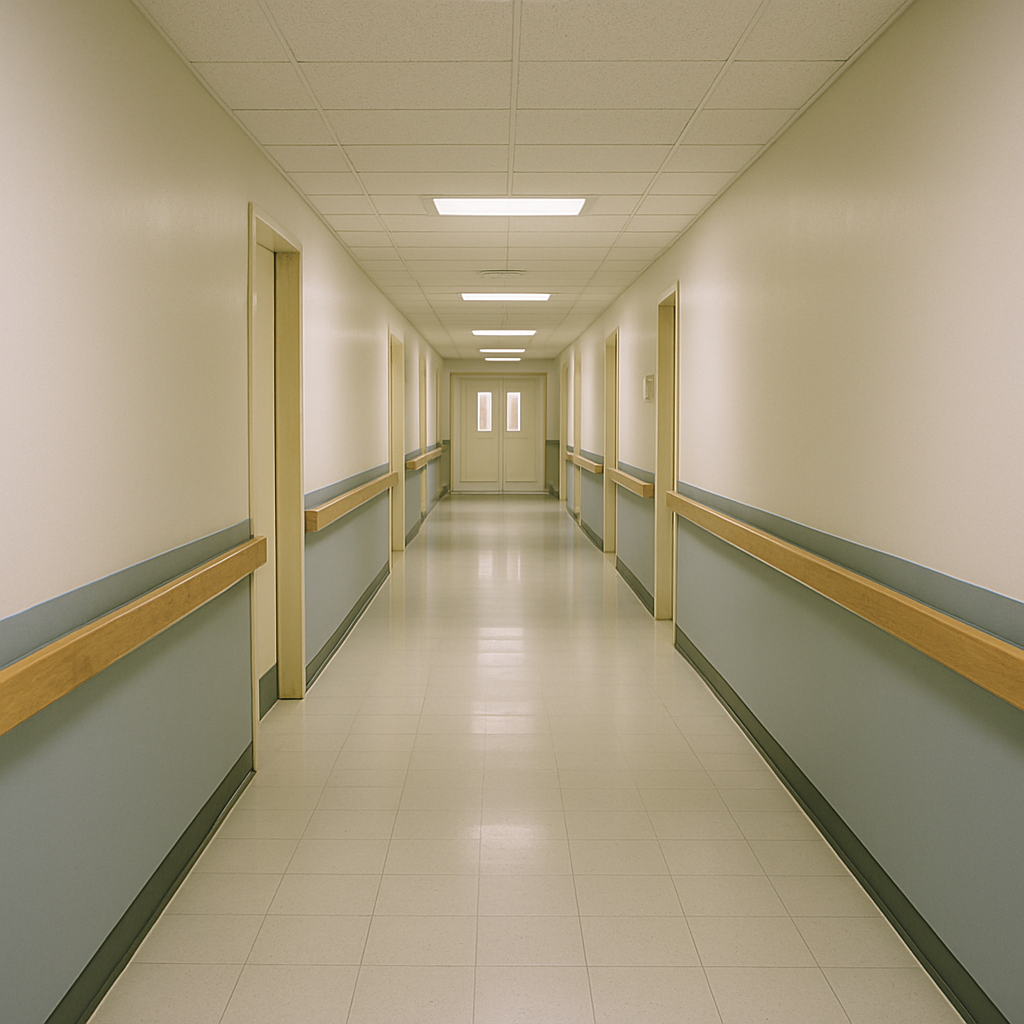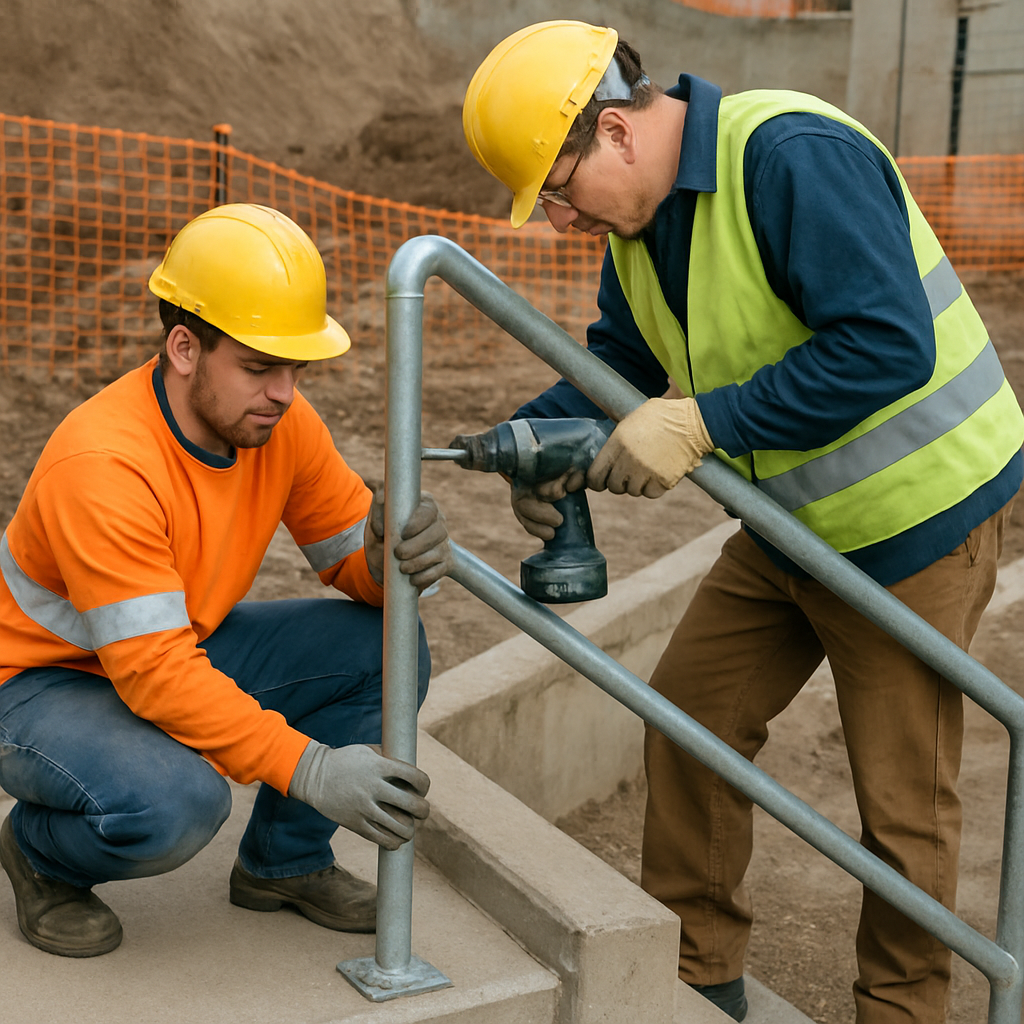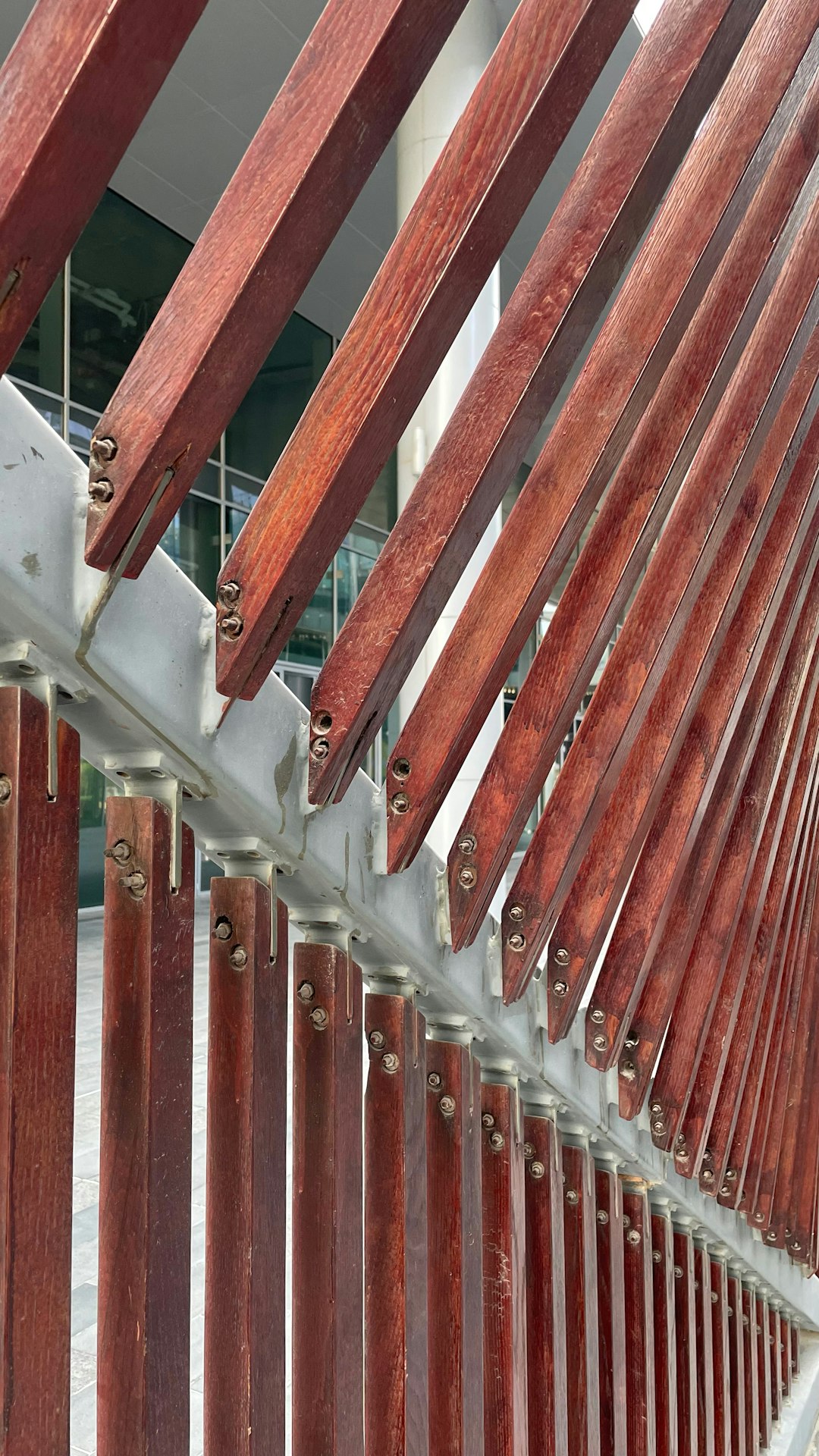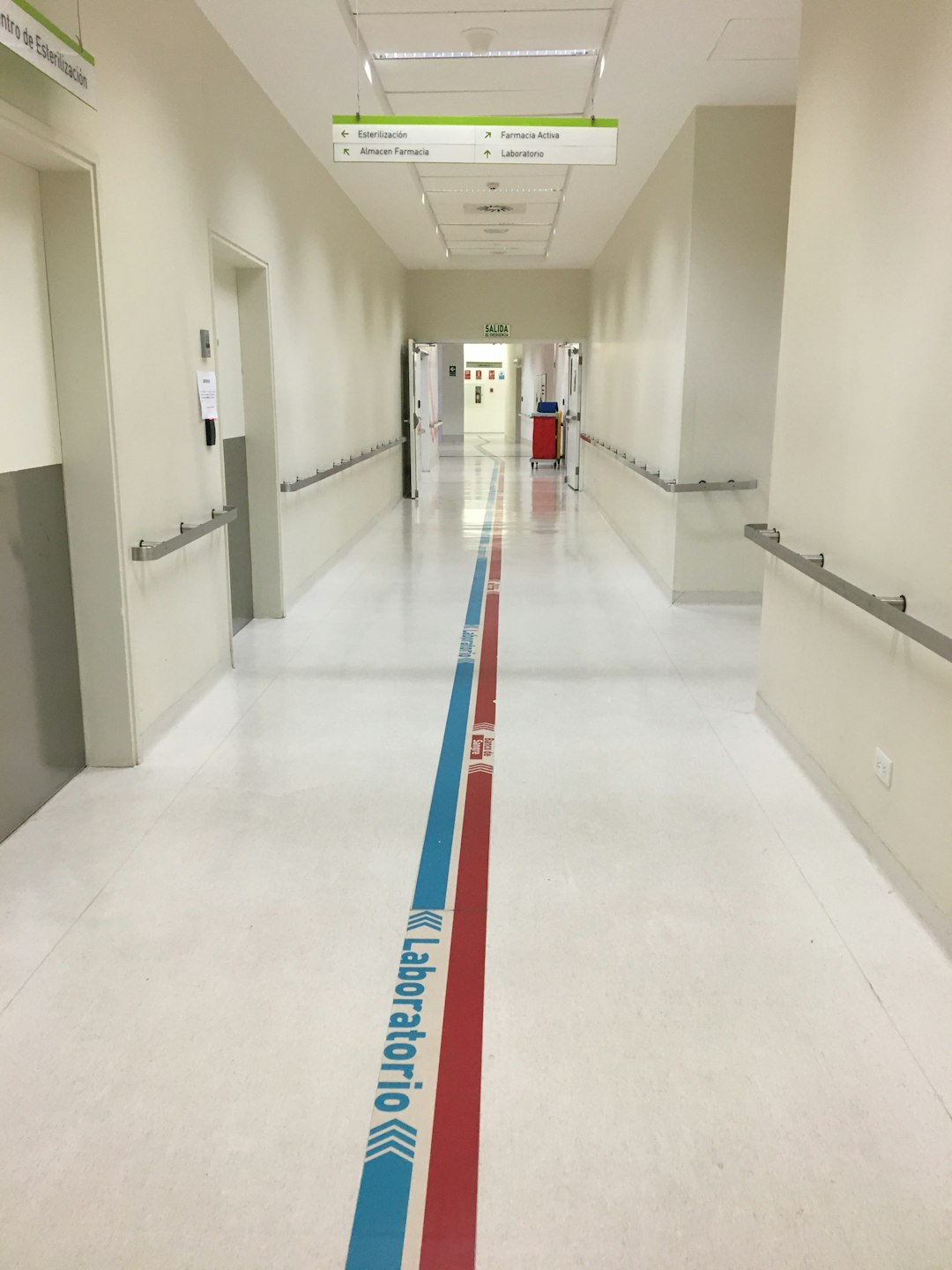 Service Hotline:13510328459
Service Hotline:13510328459
 205-206, 2nd Floor, Building 2, Xiazao Village Industrial Zone, Gaofeng Community, Dalang Street, Longhua District, Shenzhen City
205-206, 2nd Floor, Building 2, Xiazao Village Industrial Zone, Gaofeng Community, Dalang Street, Longhua District, Shenzhen City
 Service Hotline:13510328459
Service Hotline:13510328459
 205-206, 2nd Floor, Building 2, Xiazao Village Industrial Zone, Gaofeng Community, Dalang Street, Longhua District, Shenzhen City
205-206, 2nd Floor, Building 2, Xiazao Village Industrial Zone, Gaofeng Community, Dalang Street, Longhua District, Shenzhen City
Time:2025-09-18 Preview:
Welcome to our comprehensive overview of the hospital handrail project, showcasing the construction site through a series of captivating photos. In this article, we will delve into the importance of handrails in hospital design, the construction process, and how these elements enhance safety and aesthetics. Whether you're a construction enthusiast, a healthcare professional, or simply curious about hospital interior design, this article will offer valuable insights.
Handrails play a pivotal role in healthcare facilities. They are essential for patient safety, providing stability and support to individuals with limited mobility. Handrails also assist in guiding patients and visitors through the hospital, ensuring a smooth and secure journey.
Moreover, handrails contribute to the overall design aesthetics of the hospital. They can be customized to blend seamlessly with the interior design, adding a touch of elegance and functionality.

The construction of handrails in a hospital setting is a meticulous process that requires precision and expertise. It involves several stages, each critical to the successful implementation of this essential feature. Let's take a closer look at the steps involved in this construction project.
Before any construction begins, careful planning and design are essential. Architects and designers collaborate to create a blueprint that integrates handrails into the hospital's layout. This phase involves selecting materials, determining the best placement for handrails, and considering the needs of patients and staff.
Choosing the right materials for handrails is crucial. The materials must be durable, easy to clean, and aesthetically pleasing. Common choices include stainless steel, wood, and PVC. Each material offers distinct advantages in terms of maintenance, appearance, and cost.
The installation process is where the blueprint comes to life. Skilled workers meticulously install the handrails, ensuring they are securely fastened and aligned perfectly. This phase requires attention to detail to guarantee that the handrails meet safety standards and are visually appealing.
Once the installation is complete, a thorough quality assurance process takes place. Inspectors evaluate the handrails to ensure they meet safety regulations and design specifications. Any necessary adjustments are made to ensure optimal performance and safety.

Handrails are not just functional; they can also enhance the overall interior design of a hospital. By choosing materials and designs that complement the existing architecture, handrails contribute to a cohesive and welcoming environment.
Architects and designers often select handrails that harmonize with the hospital's color scheme and architectural style. This attention to detail creates a sense of unity and tranquility, which is particularly important in healthcare settings where patients and visitors seek comfort and reassurance.
Handrails can be customized in various ways to suit the specific needs of a hospital. From incorporating branding elements to choosing unique finishes, customization allows hospitals to create a distinctive look that reflects their identity and values.

In healthcare facilities, safety is paramount. Handrails must adhere to strict safety standards to ensure they provide adequate support and protection for all users.
The construction and installation of handrails must comply with regulations set by relevant authorities. These standards dictate the height, width, and load-bearing capacity of handrails, ensuring they are safe and reliable.
To maintain safety and functionality, handrails require regular maintenance. This includes cleaning, inspecting for damage, and making repairs as needed. A well-maintained handrail system ensures ongoing safety for patients, staff, and visitors.

The hospital handrail project is a crucial component of healthcare facility design, balancing functionality with aesthetics. Through careful planning, skilled construction, and ongoing maintenance, handrails enhance the safety and appearance of hospitals.
As we've explored through the construction site photos, handrails are more than just supportive structures; they are integral to creating a safe, welcoming, and efficient environment for all who enter the hospital.
By investing in high-quality handrail systems, hospitals can ensure they meet the needs of their patients and staff while maintaining a pleasing and professional appearance. We hope this article has provided valuable insights into the significance and construction of hospital handrails.
